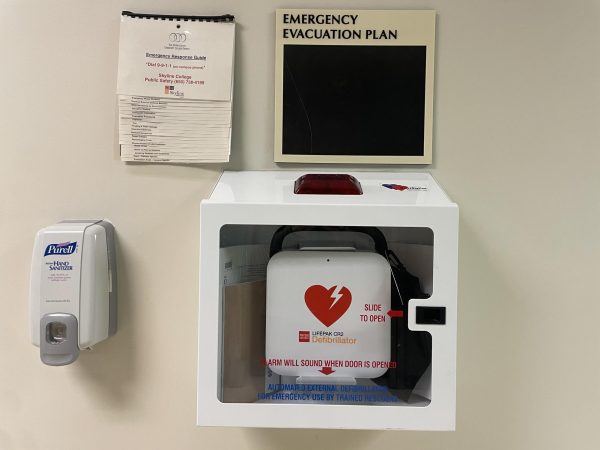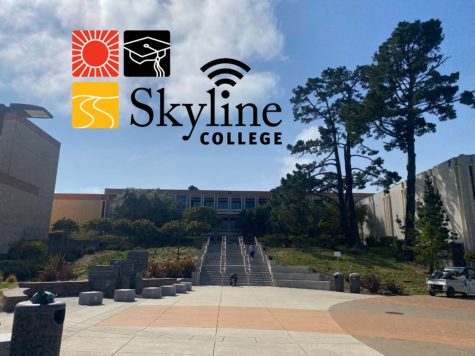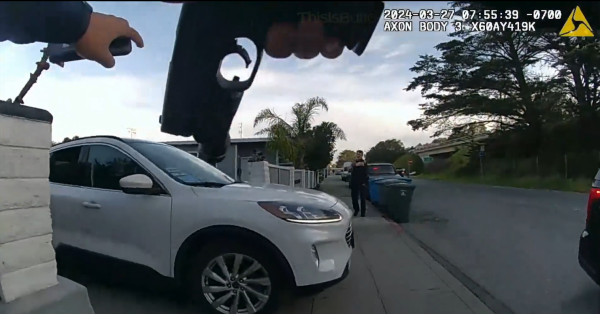Editorial: Waitlists have students waiting too long
Administration wants more enrollment and for students to graduate or transfer in a timely manner. However a lot of the high demand classes are already full by the time many students are able to register.
A large majority of the students attending Skyline College and other community colleges are planning on transferring to a four year institution afterwards. This requires the student to complete 60 units for both general education and the selected major. Even if the student isn’t planning on transferring after graduating from community college, they must complete the associate degree requirements.
According to the Skyline College Education Master Plan for 2013-2019, first-time student enrollment rates were generally increasing for four years starting in 2004. The highest amount increase of first-time students during that time was 189 students in fall 2006 while the smallest was during fall 2007, with only 58 new first-time students. The enrollment rates were beginning to decrease after the peak of 1,130 first-time students that enrolled in fall 2008. There was once again an increase of 119 first-time students in 2012, totaling the first-time students to 1,023 that year.
Looking at these numbers doesn’t take into account the students that were previously enrolled and are now continuing at Skyline College.
One of the high demand courses that students have to complete as part of their general requirements is a mathematics class. After taking the placement test required for enrollment, the student can decide if whether to take either the algebra or statistics route.
If the student was currently enrolling at Skyline College for the spring 2016 semester and decided to take the statistics route, that student would have ten classes to choose from at Skyline, excluding the singular online option. With that in mind, that creates room for 300 students to enroll in statistics courses in the spring 2016 semester. Assuming there’s a constant increase of enrollment for first-time students from 2012 until now, there wouldn’t even be enough space for those students to fit into the statistics classes. Not to mention the nonexistent space left available for the returning students who took preliminary statistics to be eligible to enroll in statistics, or anyone looking to take statistics as their requirement.
Another point to be taken into consideration is how quickly classes such as statistics fill up. Priority registration was open from Nov. 2, 2015 until Nov. 9, 2015 and to be eligible students must have a student education plan on file. This leaves the rest of the students eligible during open registration, which started this year on Nov. 10. Although registration has only been available for everyone for about three weeks, two of the statistics courses are completely full and the remaining eight are adding students to the waitlists (which only allow 30 students per class).
Along with mathematics, English courses are stigmatized as being one of the first general requirement classes to fill up. While keeping in mind that registration has only been open to all students for roughly three weeks, it’s amazing that at Skyline College alone there are already two English 110 (Composition, Literature, and Critical Thinking) courses full and 18 have moved on to the waitlist, leaving only seven out of the 27 classes provided available for students to choose from.
Isn’t that why the District offers these courses at College of San Mateo and Cañada College as well? This appears be an understandable counterargument. However at Cañada College, there are only nine statistics courses offered, of which three are full and one has already moved on to the waitlist. At College of San Mateo there are 12 statistics courses offered, of which eight have been pushed to the waitlist, leaving the remaining four classes open. So while there are a few classes that haven’t already moved on to placing students on the waitlist, these campuses are harder to access for some students because they’re in more rural areas that are farther away from the Peninsula.
Besides general requirements, major requirements are to be completed by students pursuing an Associate of Arts or Associate of Science degree.
It’s frustrating not being able to obtain a class necessary for graduation. Leaving students out of luck for the entire semester forces them to try again the next semester, potentially postponing graduation and transfer goals.
According to Skyline College’s Strategic Enrollment Planning and Management, over the past several years, enrollment numbers at Skyline College have continued to rise, with a 17 percent increase in total duplicated headcount, and a 13 percent increase in un-duplicated headcount; a 16 percent increase in full-time equivalent students (FTES), and a 115 percent increase in weekly student contact hours (WSCH) between Academic Year (AY) 2007-2008 and 2011-2012.
“We are committed to the availability of quality educational programs and services for every member of our community… We are committed to providing students with open access to programs and responsive student services that enable them to advance steadily toward their goals,” is one of Skyline College’s Mission-Vision-Values.
It’s reasonable for administration to want and plan for increasing enrollment, but focusing on this issue while there are current students that can’t get into the classes they need is unreasonable. Of course the effort administration puts into the scheduling system is appreciated, however to fulfill their promise of “the availability of quality educational programs and services for every member of our community,” a closer look at current students’ constant frustration should be taken into consideration.

















